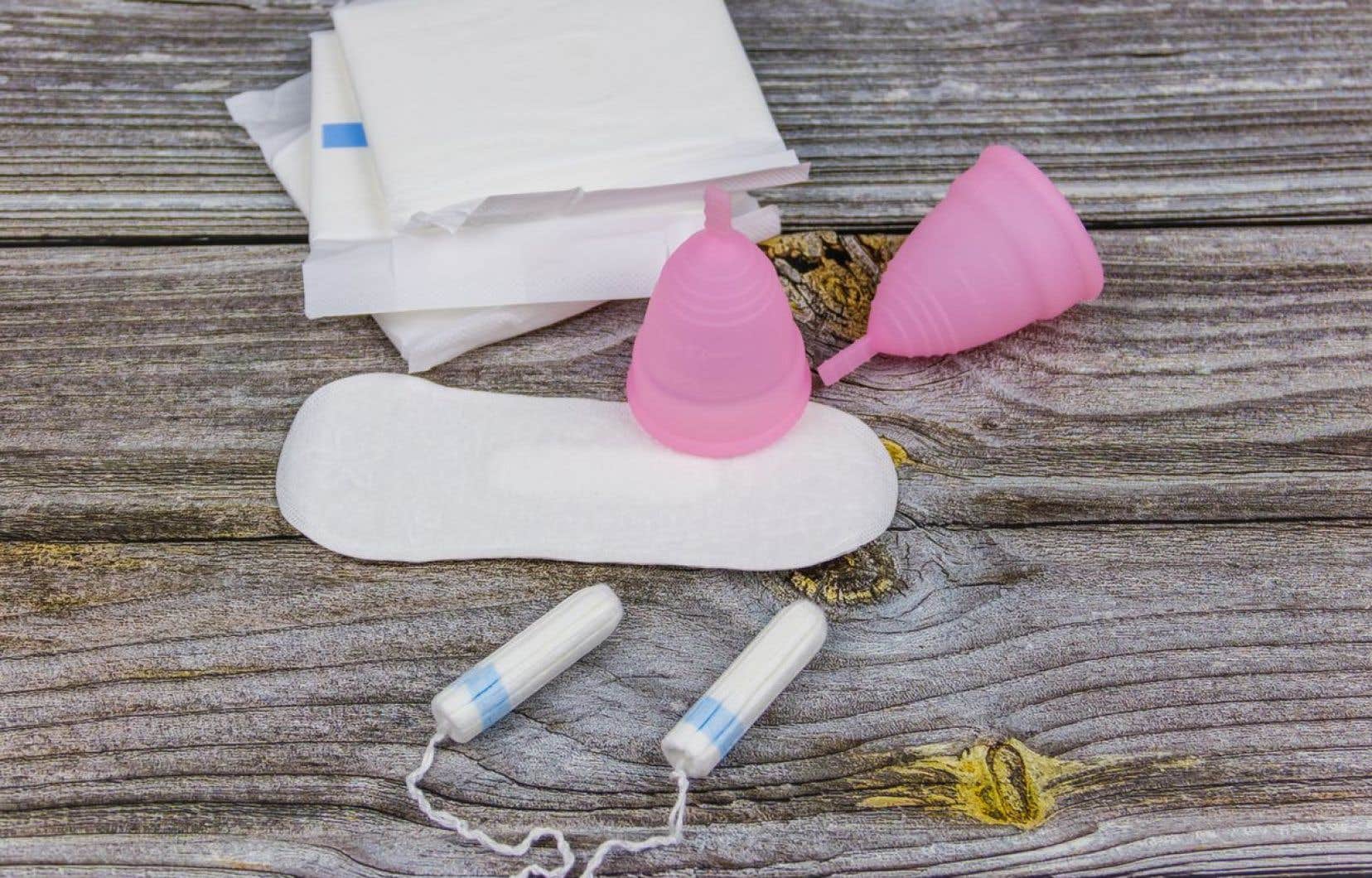This text is taken from Courrier de la planete, to subscribe, click here.
More and more employers are providing menstrual products to their workers. Moreover, starting December 15, federally regulated workplaces will be required to make tampons and sanitary napkins available in their toilets. However, the environmental impact of these disposable products is significant, recalled a quarter of the participants in the public consultations on the subject. Should we care?
Mila Zielinski, responsible for partnerships at the Quebec Women’s Health Action Network (RQASF), is delighted with the change in the Canada Labor Code which will soon be in force. “It sends the signal that there is equality between menstrual products and toilet paper and hand soap. They are essential, because menstrual poverty is a scourge,” she expresses.
Many people cannot afford to buy enough of these products. Reusable options, such as panties or menstrual cups, are increasingly being put forward. Scientific articles also conclude that the menstrual cup is the most ecological option. But this is not suitable for all situations.
“We don’t always know when we will get our period. It can happen in the workplace or at school and force affected people to be absent,” underlines Kate Bouchard, research and planning officer at the Institute of Health and Society (ISS) of UQAM.
Still, traditional tampons and sanitary napkins raise concerns about their potential effects on women’s health and the environment. The ISS, in collaboration in particular with the RQASF, published a report this summer reviewing the literature on this theme.
It is recalled that “menstruating people will use approximately 12,000 to 15,000 non-reusable products in their lifetime, which would represent 110 to 135 kg of waste per person (Borowski, 2011)”. Also, “menstrual pads are made of 90% plastic […]which can take 500 to 800 years to decompose” (Arena et al., 2016).
Furthermore, the presence of chemical substances harmful to health has been demonstrated, but there is a glaring lack of studies on the effects of their long-term use on the female reproductive system. According to the authors of the report, the risks are sufficient to require more testing before they are marketed and more transparency about their components.
“Employers are invited to use fragrance-free or environmentally friendly products,” writes Employment and Social Development Canada in an email to Le Devoir.
Greener tampons?
This context is conducive to the emergence of products that are intended to be healthier and greener. Three months after launching her company, Alea Protection, Roxane Champagne-Duval has already conquered 400 bathrooms with around forty employers, including the Business Development Bank of Canada, Intelcom and Lambert bags.
“We offer them the option of encouraging a local business, better for the well-being of employees, more sustainable products for the planet. It ticks all the boxes,” says the businesswoman.
Roxane Champagne-Duval explains that the core of her tampons, made exclusively from GOTS (Global Organic Textile Standard) certified organic cotton, is free of pesticides, dyes, chemicals, fragrance and plastic.
“When was the last time you looked at the list of ingredients in a tampon or sanitary napkin? The first ingredient is often rayon (also called viscose), which is made from chemically treated wood to have a cottony appearance,” she emphasizes to mark the difference.
The Alea Protection applicator is made of cardboard and the packaging is made of paper. Its sanitary napkins are made of organic cotton, corn-based bioplastic and a removable silicone paper. It ensures that the towels are biodegradable in 90 days.
“We agree that it is not 100% environmental, because we throw them away in the end,” admits the one who plans to develop hemp-based products, which would notably take less water to produce than cotton.
We see brands with similar models and claims all over the world, including Iris + Arlo in Quebec.
Are these products really better for the environment? For the moment, there is simply a lack of studies to be able to confirm or deny it. Indeed, many elements come into play to determine and compare the environmental footprints of different models, from their production to their end of life.
Failing to be able to completely eliminate the use of disposable menstrual products, we should still move towards modifying them to make them less harmful, believes Erica Lebrun, founder of the Quebec company Mme L’Ovary, which mainly markets menstrual panties and who also campaigns for public subsidies for the purchase of reusable menstrual products.
We have probably not reached the end of possible innovations in this area.
Questions? Write U.S!
